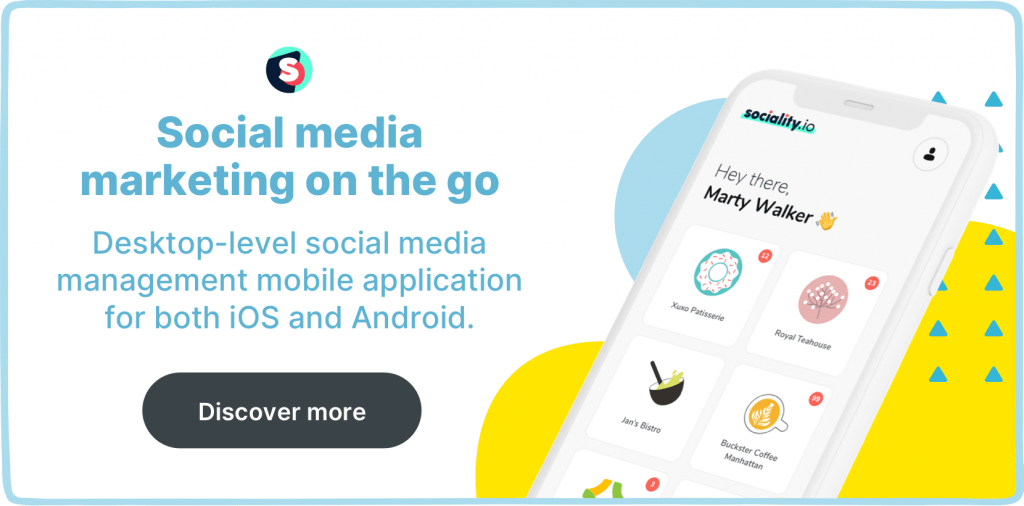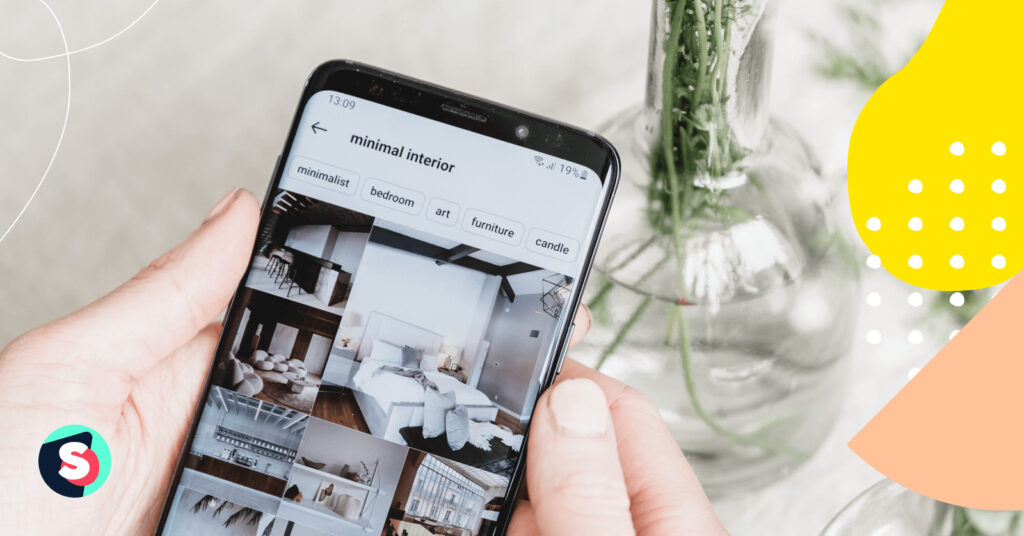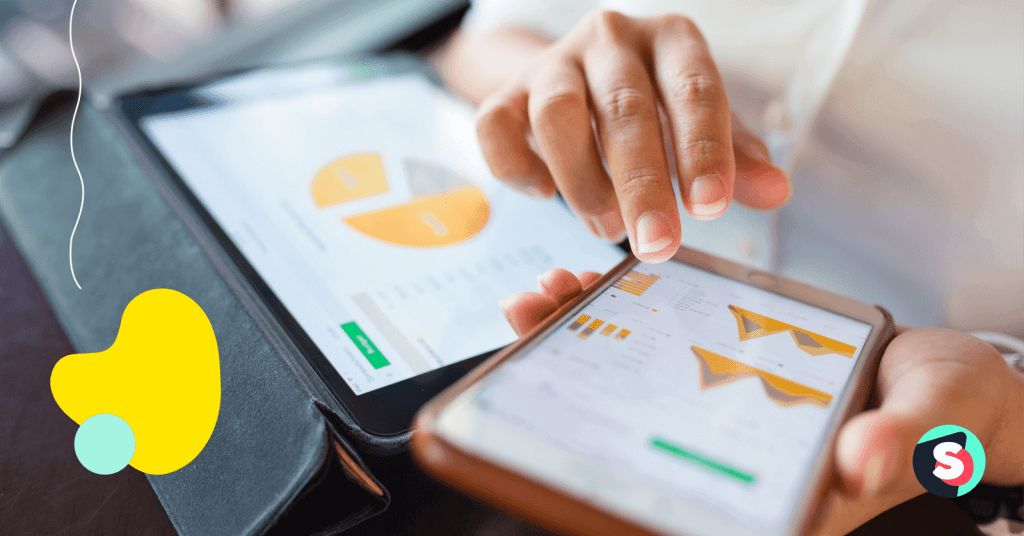Summarize this article via
On social media, timing is everything. Creating posts at the right time and frequency helps keep your followers engaged. They can’t interact with your post if they don’t see it. Of course, finding the best time to post isn’t so straightforward and it varies depending on which platform you use. On LinkedIn, a good posting schedule is important for meeting your goals, whether it’s recruiting prospects or connecting with other thought leaders.
Worth checking the article 👉 “Top 6 LinkedIn features to boost lead generation.“
Best days to post on LinkedIn
As the social networking platform geared toward professional connections and thought leadership, it makes sense that LinkedIn’s highest engagement levels center on the workweek. The best days to post on LinkedIn are in the middle of the week, on Tuesday, Wednesday, and Thursday.
That’s not to say that posting on Monday or Friday won’t get you any views, likes, or comments. But you face fewer chances of people having logged off for the week or not started their week yet on Tuesday – Thursday than on Monday and Friday.
LinkedIn is much more specialized than other social media platforms, but it still attracts a wide variety of audiences. Your brand can take advantage of LinkedIn even if you’re not a B2B company, by posting about company culture or empowering individual employees to develop their own profiles. When crafting your LinkedIn posting schedule, consider your goals on the platform.
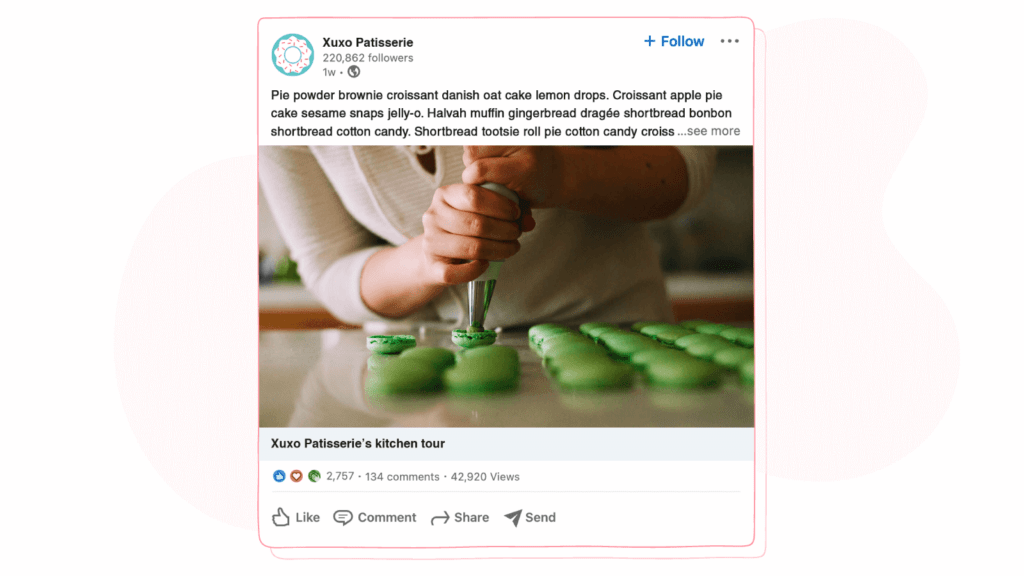
Can I post on LinkedIn on the weekend?
Most sources confirm that weekends are not the best time to post on LinkedIn, and maybe the worst time. Because most people tend to associate LinkedIn with work, they don’t log on as much on Saturday and Sunday. So if you post on the weekend, you won’t see much engagement.
You shouldn’t let that stop you from making the occasional weekend post, however, as some people are still browsing LinkedIn on Saturdays and Sundays. Just don’t count on weekend posts to be your highest-performing content.
Best times of day to post on LinkedIn
If Tuesdays, Wednesdays, and Thursdays are the best days for LinkedIn posts, what are the best times? A good rule of thumb is to stick to business hours, between 9:00 a.m. – 2:00 p.m. You’ll catch the people who are scrolling through their feeds in the morning and at lunch, and before the late afternoon when they’ve signed off.
These hours tend to work best for B2B businesses—a large chunk of LinkedIn’s users—but B2C businesses, media companies, and healthcare and higher education companies might find success at other times of the day.
- B2C companies: B2C companies should still focus on the workday to engage the most audiences, but closer to lunchtime, between 11:00 a.m. – 2:00 p.m.
- Media companies: Media professionals tend to look at their feeds first thing in the morning, so between 8:00 a.m. – 10:00 a.m. is the best time for them.
- Healthcare and higher education companies: Between 10:00 a.m. – 2:00 p.m. is the best time for healthcare and higher education audiences.
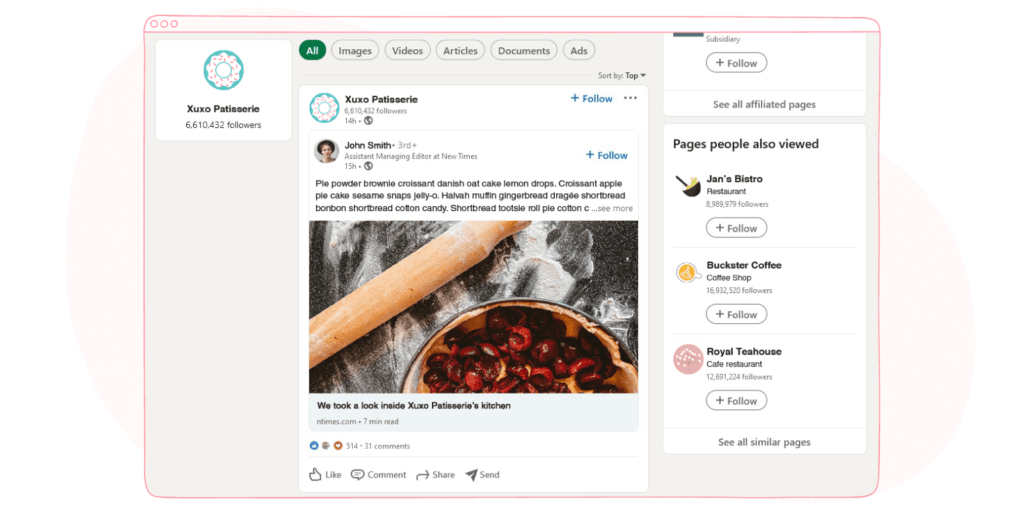
The best time of day to post on LinkedIn will depend on your time zone as well. Posting around the workday for U.S. time zones is usually a safe choice, but how should you craft a posting schedule if you’re outside of North America?
When to post on LinkedIn if you have an international audience
Posting schedules for social media seem simple until you consider an international audience. Maybe you’re based in the U.K. but trying to appeal to U.S., Canadian, and Australian customers. Finding the best time to post becomes complicated when you’re spanning so many time zones.
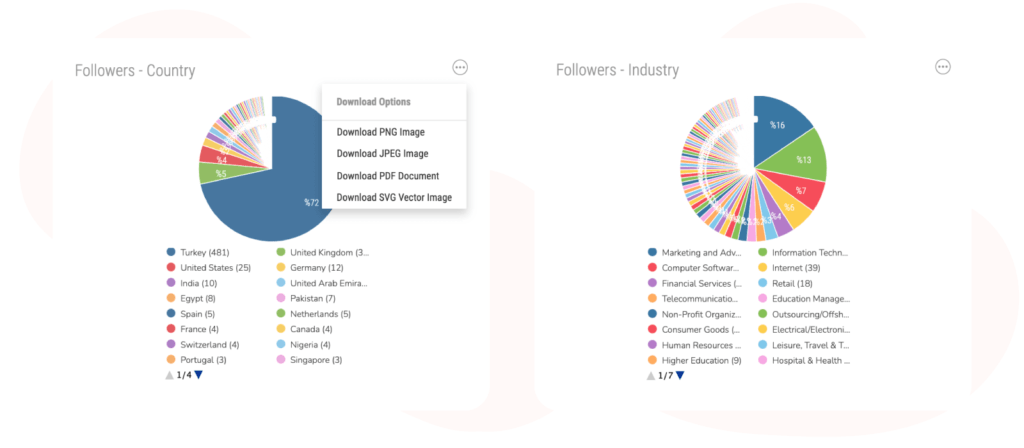
When you’re posting on LinkedIn for an international audience, you typically have to target the most important segment of your audience and post for that time zone. How do you know which segment is the most important? Look for the time zone that shows the most engagement. If you’re not sure which one that is, you’ll have to experiment with your posts in different time zones to figure it out.
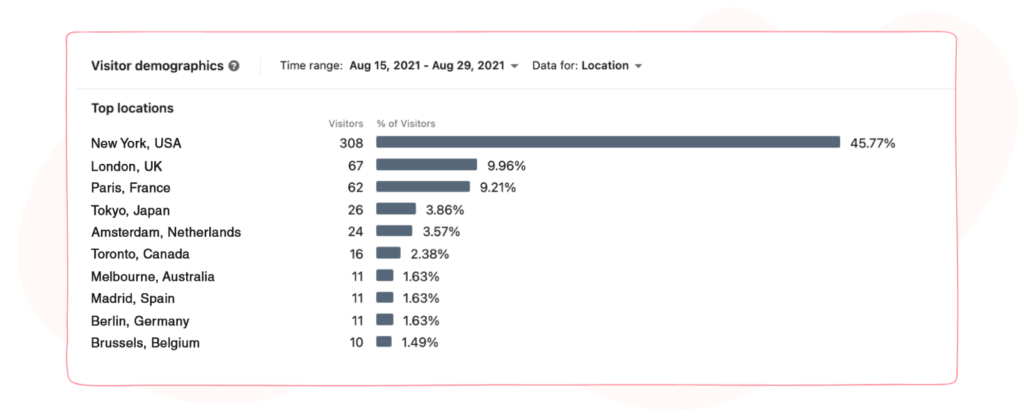
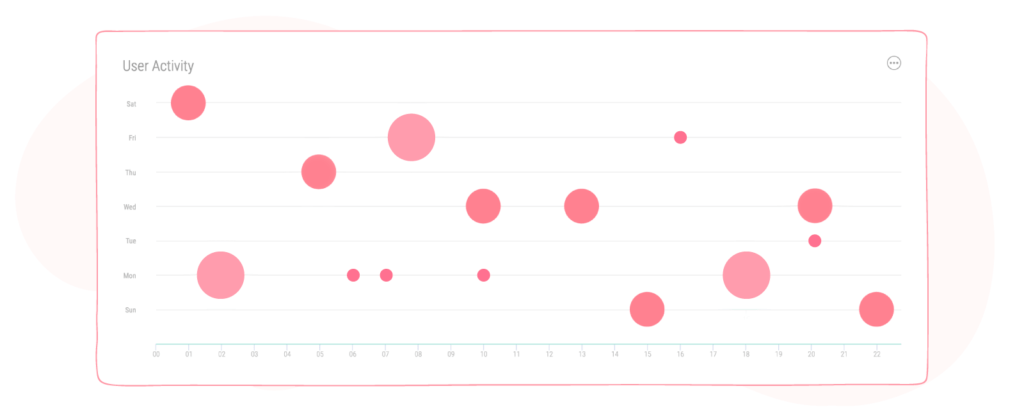
Another way around global time zones is to leverage LinkedIn groups. Encourage your employees to join LinkedIn groups and link back to your company page in their profiles. When people post in groups, all the members get a notification. Using groups isn’t as effective as posting in your target time zone, but it’s a helpful addition to your strategy.
How often to post on LinkedIn
Now that you know when to post on LinkedIn, you need to know how often. Thinking differs on how frequently you should post, with some experts saying once per day at minimum and others saying that three times per week is adequate. They all agree, however, that five times per day or more is excessive.
If you don’t want to post every day, you don’t have to—especially if doing so risks you pushing out low-quality content just so you can have something to post. To stay engaged, you shouldn’t dip below three times per week, however. Brands that post a few times per week get good engagement levels; brands that post every day get excellent engagement. Create a LinkedIn posting schedule that makes sense for your audience and your business.
Growth on LinkedIn is linked to quality, not quantity—especially for LinkedIn company pages. Vary the type of content you publish, including articles, images, GIFs, and videos in your strategy.
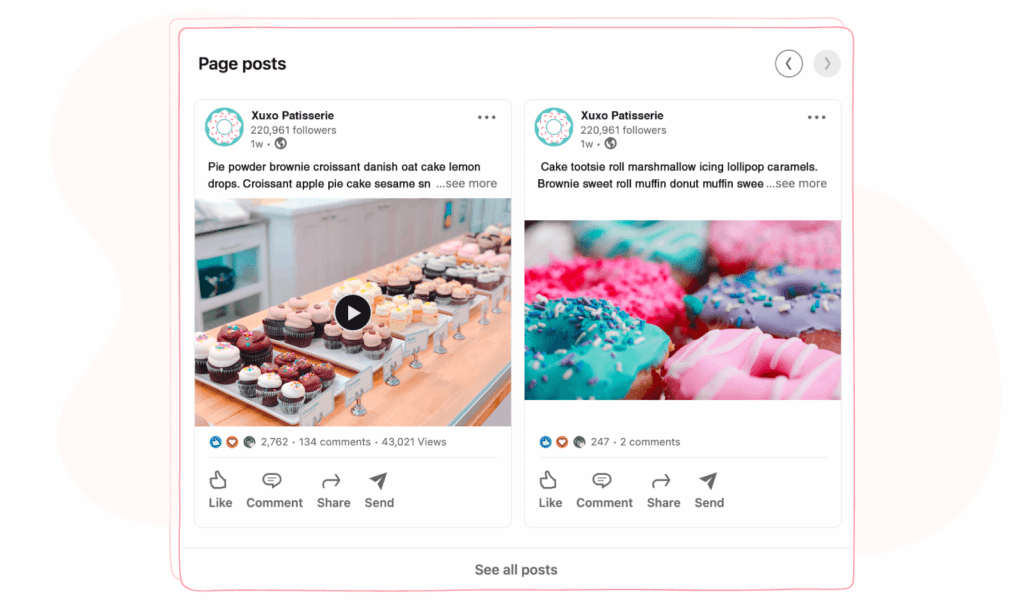
Creating a posting schedule to gain maximum exposure
Once you’ve chosen which days and times to post on LinkedIn, you need to start scheduling posts. Inconsistent posts won’t get you much engagement at all, so use a scheduler tool to ensure you publish posts at the same time.
You can use Sociality’s media publishing platform to create a content calendar, ensuring you stay on schedule with your LinkedIn posts. If you have a team working on your social media marketing, you can also use Sociality to track approval and revision requests, so your team can work on a joint schedule seamlessly.
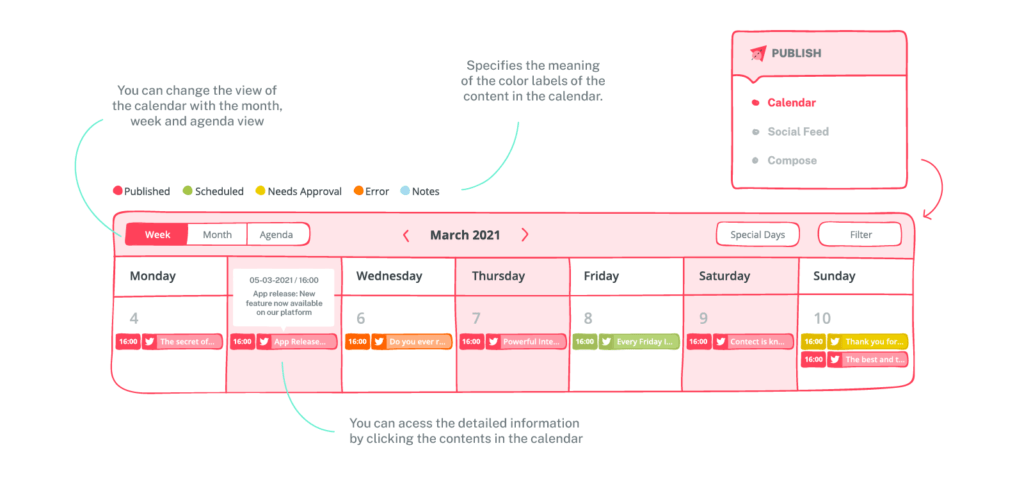
When are your competitors posting on LinkedIn?
You can also look to your competitors when devising your LinkedIn posting schedule. When do other, similar brands publish content, and how well does it perform? You don’t have to copy their schedule or strategy exactly, but use it to inform your scheduling decisions. LinkedIn Analytics provides you with important insights on your performance on LinkedIn, however, it doesn’t specialize in competitor analysis.
With Sociality, carrying out competitor analysis on LinkedIn is easier than with LinkedIn Analytics. Get stats on brand positioning, engagement performance, and content on all your competitors in one accessible report. Our tools provide everything you need to create a LinkedIn posting schedule that makes you more competitive.
Suggested articles:
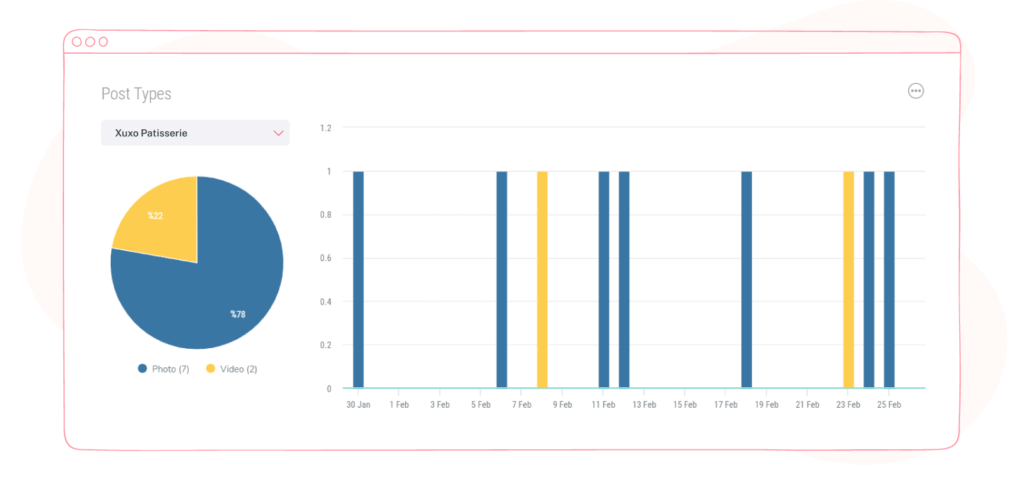
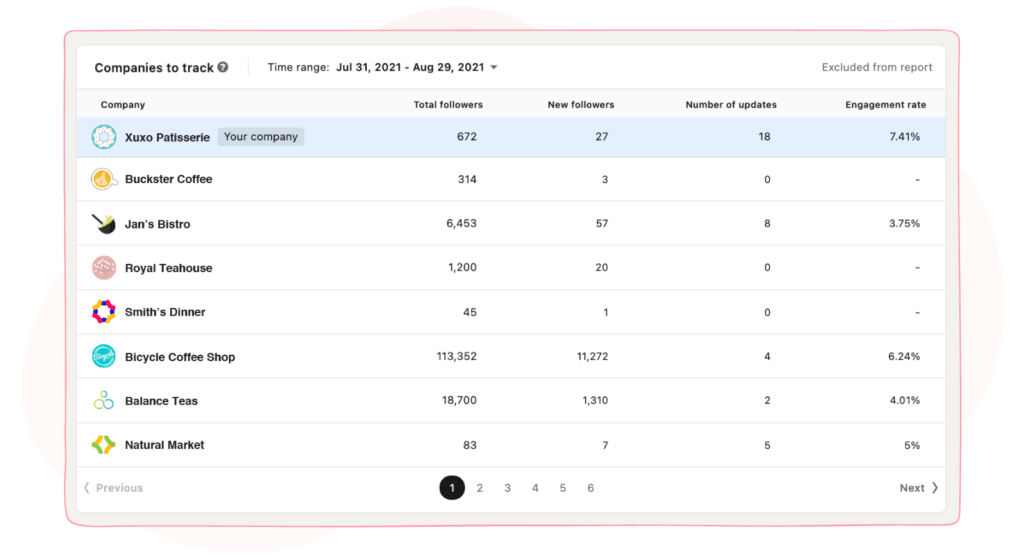
Create the perfect LinkedIn posting schedule
There’s no magic formula for creating a content schedule for LinkedIn. You have to look at several factors, such as your audience, brand, competitors, and current engagement levels to develop a schedule that works best for you. With some experimentation and planning, you’ll find the best time to post on LinkedIn.
